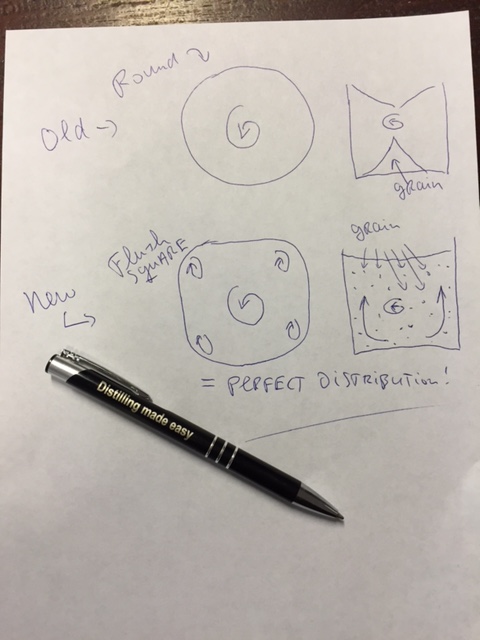Aspects of Distillation (4): Boiler Design!
20 April 2020
Introduction
Aspects of Distillation” is a series the iStill Blog hosts. It aims to cover as many aspects as possible. Aspects of – you guessed it! – the distillation process. Think alcohol formation, flavors, mashing, distillery design … and more. In fact, if you have a suggestion, please email us the aspect you want us to dive into. Via Odin@iStillmail.com. Today’s topic? The influence and importance of a well-designed boiler.
Boiler Design
There are three things I want you to consider, when investigating the importance of the boiler design of your still for the distillation process:
- Shape;
- Material specifications;
- Heating source.

www.iStill.com
Reactions
Add your comment
All reactions ()
Loading comments..